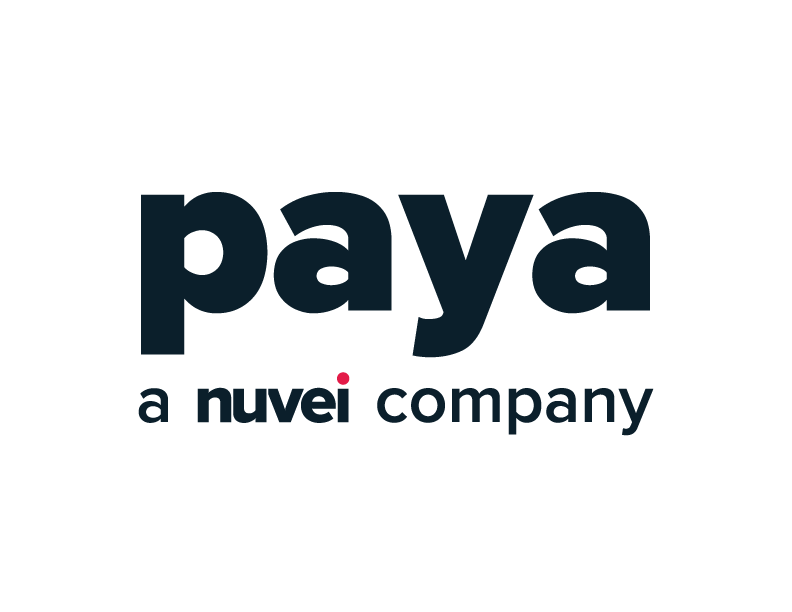“In business it’s about people. It’s about relationships.” – Kathy Ireland
Direct sales can be a great way to grow your business initially, but when you’re ready to enter that next phase of growth, a channel partnership strategy is ideal. To identify, execute, and maintain a strong channel partner program, you’ll need to map out a clear strategy. Whether you’re brand new to the channel partner scene or an established industry leader, taking the time to hone in on your strategic approach to the channel partner ecosystem can help you reach your growth goals faster.
Here are the three most critical factors to consider when forming and executing your channel partnership strategy.
If You Stand for Nothing, You’ll Fall for Everything
In order to be laser-focused on your channel growth strategy, you’ll need to set some boundaries to better define what you will not do to accept new partnerships. To build a trustworthy partnership, the brand needs to go to market introspectively, reflecting on its own expectations and deliverables. Being honest can make it easier to identify where partners are actually needed to fill in the gaps.
Make it a priority to be clear from the start on what you don’t do. In the marketplace of payments, for example, it might be the face-to-face point-of-sale market or the back-office market. Perhaps you only want to be one part of the transaction, and that’s okay. This will help align your prospects and the commercialization of products.
Once you’ve declared your strategy and the markets you’re going to go after, it really comes down to a game of numbers: putting the right people in the right seats to make the best contacts to have the real conversations to get to the optimal outcome.
Lend an Ear to Your Existing Partners
One of the best ways to define your channel partnership strategy is through open and honest conversations with your existing partners. Ask them, “What are the things we do well?” “Where can we improve?” “What should we consider if we’re thinking about growing our business?” Rather than assuming that you know the answers, really listen. Their insights could help guide you towards massive business growth and sustainability.
The key to your program is partner connection, and that involves listening to understand who your partners are, what they are trying to do, and how you can help. Most likely, there is a problem that they are trying to solve. To get the best results, companies need to reflect on their channel partner ecosystem, do their homework, and consistently deliver what they promise.
Make Transparency Your Top Priority
The success of your channel partner program rests on your ability to maintain connection and trust with your partners. As business becomes more complex, channel partnerships need to become more transparent. With competition and collaboration in mind, it is not just about winning over the partnership. Instead, sustainably and maintaining success become the differentiators.
In today’s partner ecosystem, capabilities and go-to-market approaches tend to be fundamental and commoditized across the board. The thing that will differentiate you from your competition is the unique way you solve their problems with an end-to-end experience. Can you provide value end to end? Are you communicating that to help attract and win ideal partnerships? You might have the most scalable technology on the market, but if you don’t have a thoughtful experience supporting that technology on the backend with really great people and processes, your program can quickly fall apart.
To learn more about channeling the right channel partnership strategy, check out this recent interview with PYMNTS’ Karen Webster, Paya’s very own COO, Mike Vaughn. Or, learn more about becoming a Paya partner right here.
